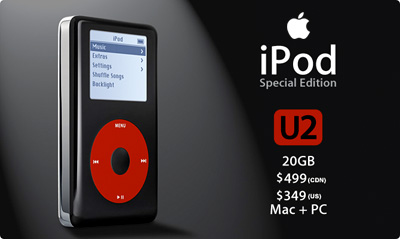Learn what’s new in GarageBand for iOS
Tutorial: GarageBand—Basic Editing Introduction GarageBand is an ideal software package—easy to use, included on every Mac, and capable of editing interviews quickly. The process of editing audio content by editing waveforms is standard across all audio programs. The actual mechanics for making the edit may differ, but every software package will include a way.
Get free sound packs from the Sound Library, build grooves with the Beat Sequencer, share and store songs and audio files with the Files app, and more.
Featured topics
Use Drummer Loops in GarageBand for Mac
Quickly add drums to your song using Drummer Loops, a type of Apple Loop that you can customize to fit your song.
Learn how to use Drummer Loops in GarageBandWork with percussionists in GarageBand for Mac
Use Drummer to add dynamic percussion parts to your song, available in three percussion styles—Latin, Pop, or Songwriter.
Add percussion to your GarageBand song using DrummerIf you can't record audio after a macOS Mojave update
After installing macOS Mojave on your Mac, you might not be able to record audio in Logic Pro X, MainStage, GarageBand, Final Cut Pro X, or third-party audio and video apps.
Learn what to do if you can't record audio after updating to macOS MojaveGarageband 6.0 Download For Mac
About GarageBand 6.0.5 compatibility in macOS

Learn about changes coming to macOS and how to update to GarageBand 10 for macOS.
Find out how to update to GarageBand 10 for macOSLearn more
Have a question? Ask everyone.
The members of our Apple Support Community can help answer your question. Or, if someone’s already asked, you can search for the best answer.
Ask about GarageBand for MacAsk about GarageBand for iOSTell us how we can help
Answer a few questions and we'll help you find a solution.
Get supportUsing the GarageBand Track Editor in iLife ’11, you can view the music in a region as though you’re seeing it in a microscope, viewing either the actual notes in a Software Instrument track or the waveform of a Real Instrument track.
To open the Track Editor, select the track to edit and click the Editor button (the one with the scissors) in the lower left corner of the GarageBand window (or choose Control→Show Editor). The Track Editor appears below the timeline and Transport buttons and has its own Zoom slider. Depending on the type of track, you see either a note-by-note representation of a Software Instrument or the waveform of a Real Instrument.
With both kinds of tracks, you can move the region forward (to the right) or backward (to the left) in the timeline. You can zoom in to see larger notes or a more detailed waveform by dragging the Track Editor’s zoom slider in the lower left corner.
How To Edit On Garageband On Mac Windows 10

Editing Real Instrument tracks in GarageBand ’11
Your performance with a Real Instrument may be slightly off the beat, but you can use the Track Editor to edit the track in one of these ways:
Move a region to adjust its location in the song. You can move a region precisely in order to line it up with the beat.
Adjust the timing with flex time. You can drag any part of the waveform to change the timing of a note or beat.
Stretch or shorten the timing of a Real Instrument performance by using flex time.Select, and then cut or copy, a section of a region and paste it into one or more locations in the song. You can cut or copy part of a Real Instrument region and paste it over another part of a region or in another place in the track.
Editing Software Instrument tracks in GarageBand ’11
Software Instruments were made for the kind of editing the Track Editor enables you to do. Using the Track Editor, you can change the actual notes of a Software Instrument track (performance or loop), including the note’s duration, pitch, velocity, and location in the timeline. You can also adjust the pitch and fix the timing of notes automatically.
When you open a Software Instrument region in the Track Editor, it starts out in Piano Roll view, which looks like an old-style piano roll with holes that served as instructions to a player piano. The following list describes the different ways you can edit the notes in the Track Editor’s Piano Roll view:
Shorten or lengthen the duration of a note: Drag the lower right corner of the note to resize it. As you drag, the note’s edges snap to the lines in the beat ruler.
Change a note’s starting point: Drag the note itself to the left or right, using the timeline grid as a guide.
Change a note’s pitch: Drag the note up or down.
Change the note’s velocity (from soft to hard): Drag the Velocity slider from left to right.